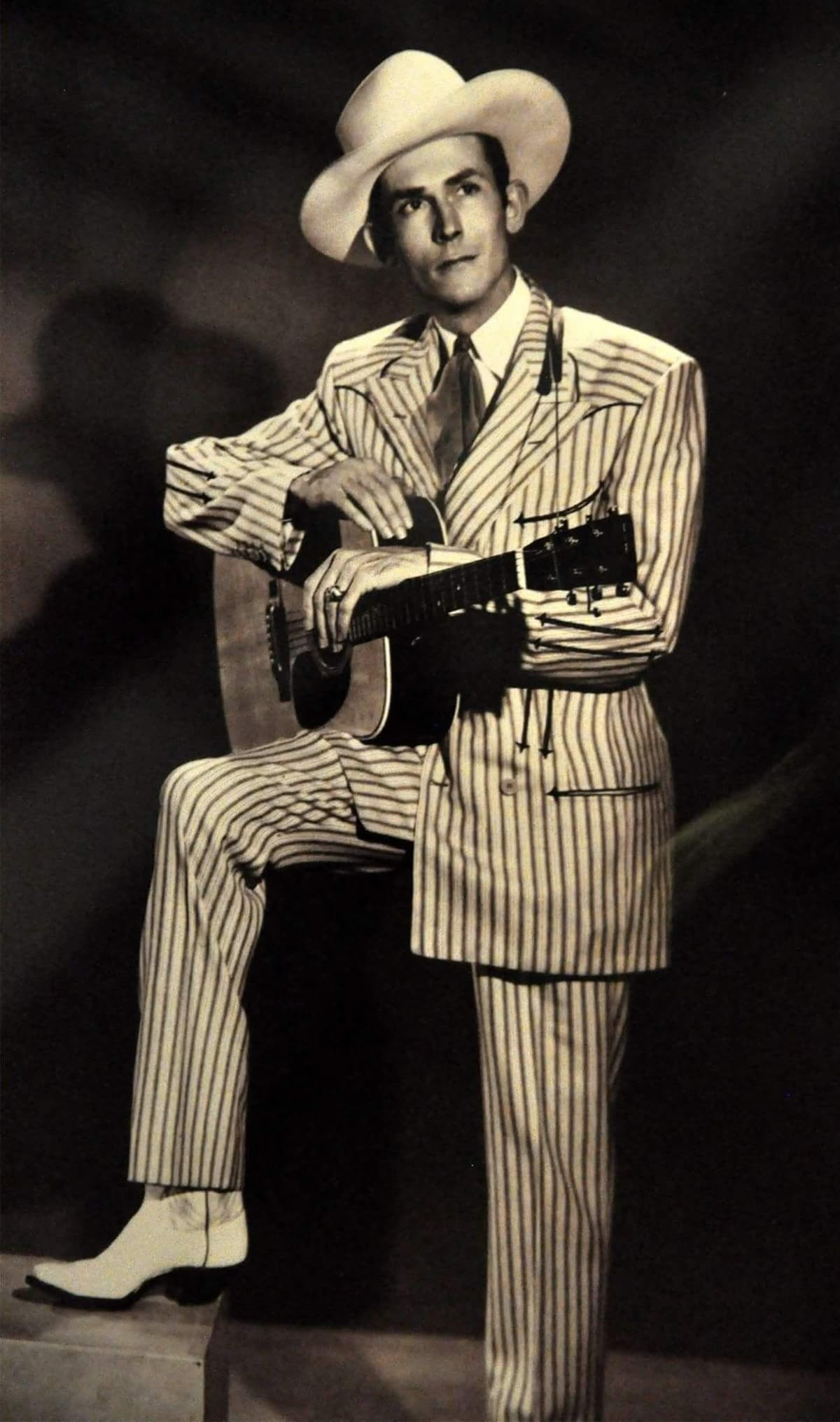Song Information
Title: Kaw-Liga
Artist: Hank Williams
Writers: Hank Williams and Fred Rose
Release Date: January 1953 (posthumous release)
Label: MGM Records
Genre: Country
Length: 2:33 minutes
“Kaw-Liga” was one of Hank Williams’ final recordings before his untimely death on January 1, 1953. It was released shortly afterward and became a major hit, topping the Billboard Country & Western chart for 14 weeks. The song was co-written with legendary producer and songwriter Fred Rose and recorded during Williams’ last sessions at Castle Studio in Nashville in September 1952.
Song Content
“Kaw-Liga” tells the quirky yet haunting story of a wooden Indian statue who stood in front of a Native American-themed antique store. Though lifeless, Kaw-Liga is described as a stoic, silent figure with a heart full of sorrow. He fell in love with another wooden Indian statue inside the store, but due to his wooden pride, he never expressed his feelings. The female statue eventually “loved a man who bought her,” leaving Kaw-Liga alone and forever mute in his regret.

The song is playful in rhythm, supported by a strong bass and rhythmic percussion, yet carries an underlying emotional tone. Hank Williams’ vocal delivery adds a layer of melancholy, turning a whimsical premise into a poetic reflection on missed opportunities. The clever use of anthropomorphism—giving emotional depth to an inanimate wooden statue—demonstrates Williams’ storytelling genius.
Despite its upbeat feel, “Kaw-Liga” becomes a subtle ballad of loneliness and the tragedy of unspoken love, which resonated deeply with audiences then and continues to today.
Deeper Meaning and Interpretation
At first glance, “Kaw-Liga” appears to be a novelty song, humorous and light-hearted. But beneath the surface lies a deeper emotional resonance—the song is a metaphor for emotional paralysis and the pain of missed chances.
Kaw-Liga’s wooden silence represents the emotional rigidity that many people face, especially in matters of the heart. Like many men of his generation, Williams often wrote about the inability to show vulnerability or communicate affection. Kaw-Liga doesn’t speak, doesn’t act, and therefore loses the one he loves—mirroring what many listeners might have felt in their own lives.
Given that Hank Williams himself was a deeply emotional man who often struggled with heartbreak, addiction, and mental health, it’s not far-fetched to see the statue as a symbol of Williams’ own fears: the fear of being trapped in emotional stillness while life and love pass by.
Fred Rose once noted that Williams could “write a novel in under three minutes.” “Kaw-Liga” is a perfect example: blending humor, tragedy, and a universal message about love that’s too often left unsaid. The wooden Indian may be fictional, but his regret is very human.